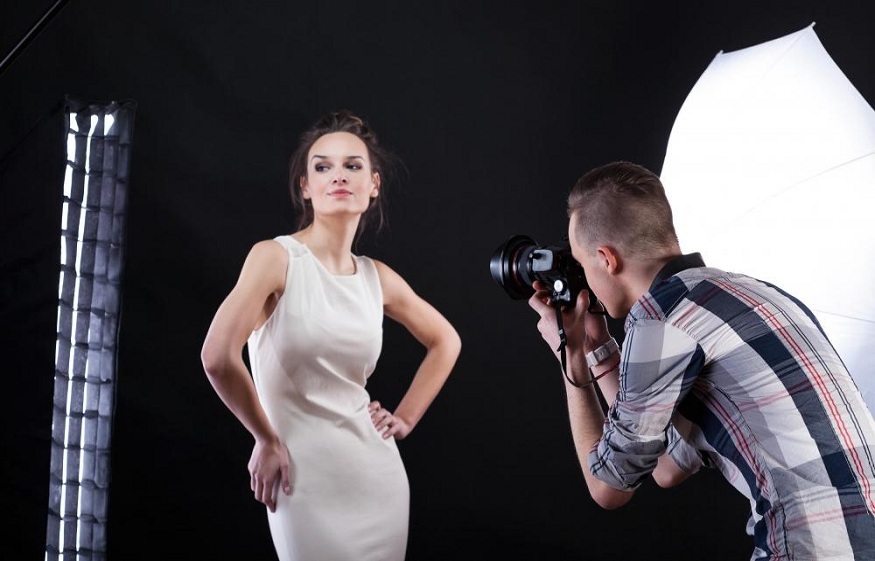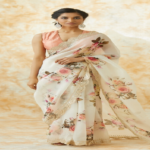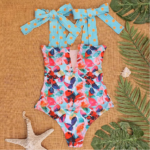Shooting a subject or scene in black and white is a surefire way to make photos appear more emotive and dramatic. A lot of people tend to appreciate the sense of nostalgia in black and white photography. Many others also appreciate the minimalist beauty of these images as it does away with the distraction of color. Monochrome images do help the viewer to focus on the most important parts of the photograph. Bruce Weber Photographer seldom does color photography, and most of his works are monochrome.

Bruce Weber Photographer provides an overview of capturing compelling monochrome photos
Monochrome photography is a gorgeous, artistic type of photography. It uses tones of a single color to colorize an image. Rather than having colors from all over the spectrum, monochrome images have just one-color scale. In digital terms, pixels do have diverse brightness values from dark to bright but use the same color. For example, when capturing an image during the blue hour, one would get a photo with bluish mid-tones, blue shadows and highlights with a blue tint. This facilitates the creation of a natural monochromatic image, even though the most commonly used approach develops the effect in post-processing.
Monochrome photography obviously is not a realistic representation of the world. Rather, it is highly dramatic and artful. This photography style transforms the scene with the use of colored filter to create a certain atmosphere and elevate the message. The lack of typical colors can often work wonders in putting greater emphasis on textures and shapes, and empowers the composition even more. There is no such preferred subject matter for monochrome photography. Bruce Weber Photographer, for instance, uses this technique for fashion photos as well. Similarly, there is no such preferred color to use in monochrome photography. Its roots lie in traditional photography techniques. Even though nowadays many people do use photo editing software and select any color of the spectrum.
The goal of black and white photos is not always to grab the attention of the viewers. In fact, it is to make them contemplate and wonder. To achieve this, the photographer needs to smartly use contrast in their images and make it look more compelling. Some of the best monochrome images are largely about tonal contrast. Hence, photographers need to train themselves to look for contrasting tones around them when looking for ideal subjects or scenes. It may not always be easy to “see” how a colored scene will look in grayscale or sepia. But maintaining such an approach does aid in understanding highlights, lowlights, shapes, and lines in the frame. Finding or creating a wider range of mid-tones can especially help in taking great monochrome images.
Shooting RAW files is one of the best ways to capture high-quality monochrome images. Shooting in RAW, instead of JPEG aids in retaining and preserving the full color information of the image. This information is otherwise compressed when shooting in JPEG. Having a greater number of pixels gives the photographer added flexibility and ease during the editing process.









Leave a Reply